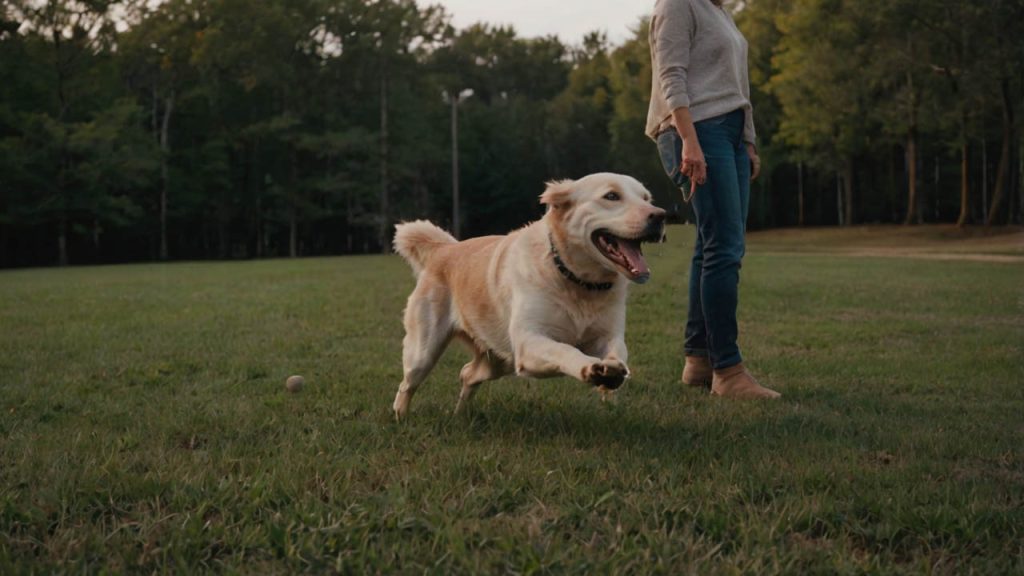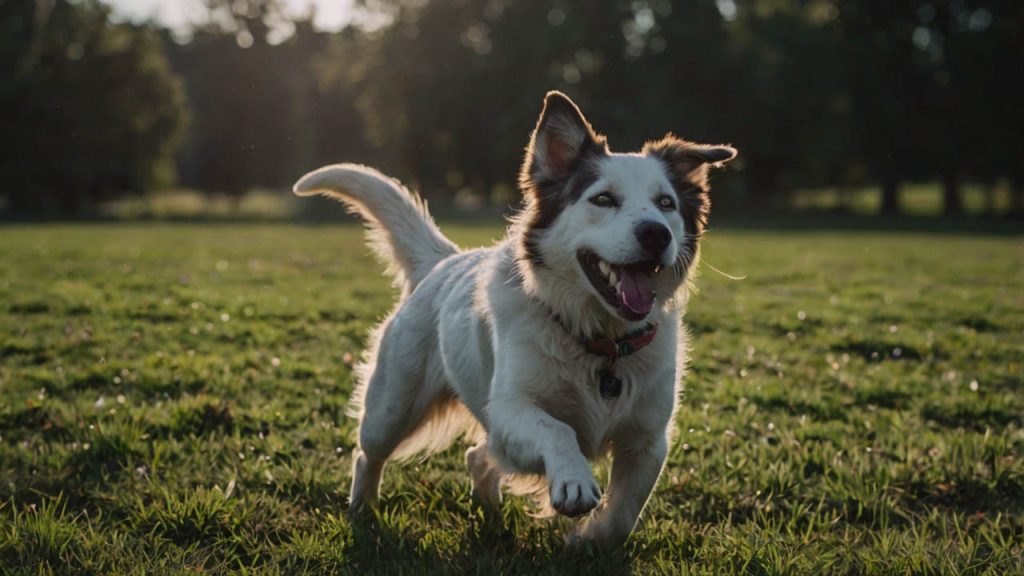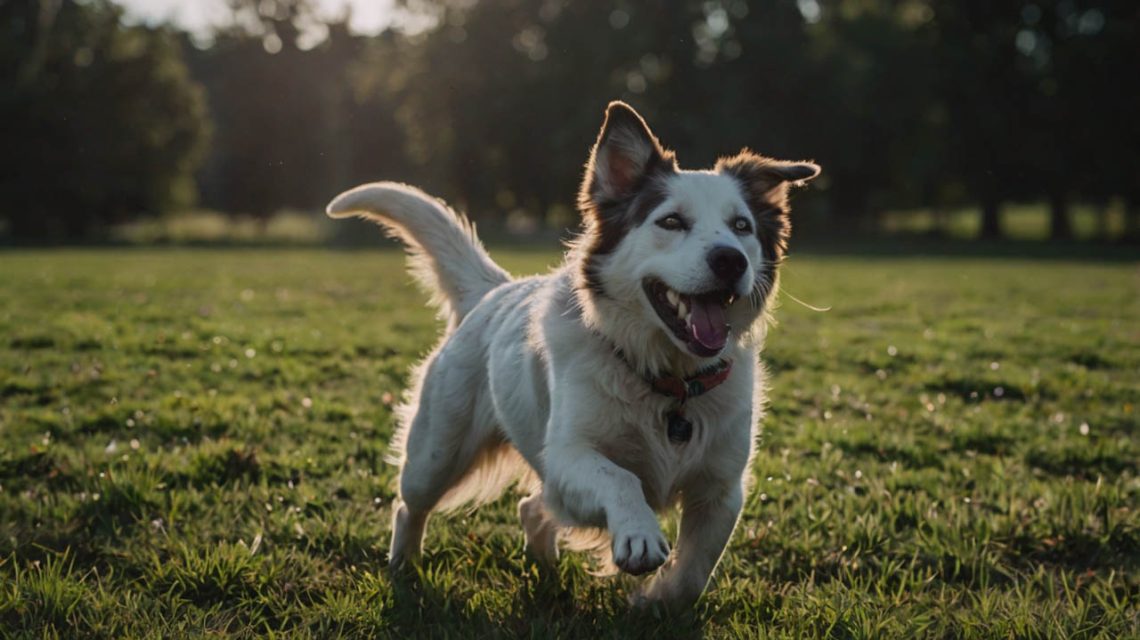The classic image of a dog joyfully bounding after a ball is a dream for many pet owners. But what happens when your dog just stares at you, or worse, plays a game of keep-away? Learning how to teach fetch is more than just a fun party trick; it’s a fantastic way to provide mental stimulation, physical exercise, and strengthen the incredible bond you share with your canine companion. This comprehensive guide will transform you from a hopeful thrower into a fetch-pro, using a story-like progression of steps that are easy to follow and incredibly effective.
This isn’t about luck or hoping your dog has a “retrieving instinct.” In contrast, this is a proven training plan. We will break down the process into simple, manageable stages, ensuring you and your dog enjoy every moment of learning. Ultimately, mastering how to teach fetch will unlock a new level of communication and play between you and your best friend.
Why Learning How to Teach Fetch is a Game-Changer
Before we dive into the “how,” it’s crucial to understand the “why.” Fetch is far more than just a physical activity; it’s a complex cognitive and instinctual workout for your dog. For many breeds, especially Retrievers, Spaniels, and Pointers, the act of chasing and returning an object taps directly into their genetic history, as noted by the American Kennel Club (AKC).
- Mental Stimulation: Fetch requires focus, impulse control (waiting for the throw, dropping the toy), and problem-solving. This keeps your dog’s mind sharp and prevents boredom-related behaviors.
- Physical Exercise: A few good rounds of fetch can be an intense cardiovascular workout, helping to manage your dog’s weight and burn off excess energy in a structured way.
- Strengthens Your Bond: Successfully teaching and playing fetch builds a partnership based on communication and trust. Your dog learns to work with you as a team, which strengthens your relationship in all other aspects of life.

Before You Teach Fetch: Setting the Stage for Success
Proper preparation is the secret ingredient to successful dog training. Before you make the first toss, you need to gather your tools and create the right environment. This initial setup makes the entire process of how to teach fetch significantly smoother.
Choosing the Right Toy to Teach Fetch
The toy is the star of the show. If your dog isn’t motivated by it, the game is over before it begins.
- Start with High-Value Toys: Initially, choose something your dog absolutely loves. This could be a squeaky tennis ball, a soft plush toy, or a durable rubber toy like a KONG. Avoid using sticks, which can splinter and cause serious injury.
- Use a “Fetch-Only” Toy: Designate one or two specific toys that are only used for your training sessions. Consequently, when this special toy comes out, your dog will know it’s time for a fun and engaging game, increasing their excitement and focus.
- Consider Two Identical Toys: Having two of the same toy can be a trainer’s secret weapon, especially for dogs who are reluctant to drop the one they have. We’ll explore this technique later.
Gathering Your Training Essentials
Besides the perfect toy, have these items ready:
- High-Value Treats: Small, delicious treats that your dog doesn’t get every day. These will be used to reward desired behaviors, like taking and dropping the toy.
- A Safe, Distraction-Free Space: Begin training indoors, such as in a hallway or a large living room. This controlled environment minimizes distractions and keeps your dog focused on you and the game.
The Core Steps for How to Teach Fetch Successfully
Now, we move to the heart of the training. We will build the game of fetch piece by piece. Remember, patience and positive reinforcement are your most powerful tools. Every dog learns at a different pace, so celebrate the small wins along the way.
Step 1: Sparking Interest in the Toy
The first step in how to teach fetch is ensuring your dog is genuinely excited about the object of the game.
- Introduce the Special Toy: Sit on the floor with your dog and show them the “fetch-only” toy with great enthusiasm. Use an excited tone of voice, “Look what I have! What a great toy!”
- Encourage Interaction: Move the toy around on the floor, drag it, and make it seem like “prey.” This taps into your dog’s natural predatory drive.
- Reward Curiosity: The moment your dog mouths, nudges, or paws at the toy, reward them with praise and a treat. You are teaching them that interacting with this specific object is a highly rewarding activity.
Step 2: Mastering Foundational Commands for Fetch
Fetch is not one command; it’s a chain of behaviors. The two most critical links in that chain are “Take It” and “Drop It.”
How to Teach the “Take It” Command
- Hold the Toy: Hold the toy out in front of your dog.
- Wait for Engagement: The instant your dog’s mouth touches the toy, say “Take it!” in a happy voice and give them a treat from your other hand.
- Build Duration: Gradually ask them to hold the toy for a second or two before you reward them. This builds a reliable “take” behavior.
How to Teach the “Drop It” Command
This is arguably the most important part of learning how to teach fetch.
- The Trade-Up Method: Once your dog is holding the toy, present a high-value treat near their nose. As they open their mouth to take the treat, the toy will fall. The second it does, say “Drop it!” and give them the treat.
- Practice Repetitively: Repeat this process until your dog begins to associate the phrase “Drop it!” with the action of releasing the toy in anticipation of a reward.
- Fade the Lure: Eventually, you can start saying “Drop it!” first, and then present the treat after they comply. You are phasing out the treat as a lure and turning it into a reward. For more on this, expert trainers at Whole Dog Journal offer excellent guidance on building a reliable drop.
Step 3: Introducing the Indoor Mini-Fetch
With the foundational commands in place, it’s time for the first real toss.
- Start Close: In your distraction-free indoor space, sit on the floor with your dog a few feet away.
- The Short Toss: Enthusiastically toss the toy just a foot or two away. As you toss, say a cue word like “Fetch!” or “Get it!”
- Encourage the Return: Your dog will likely go to the toy. The moment they pick it up, use an excited voice and pat the floor in front of you to encourage them to come back.
- Cue the “Drop It”: As soon as they return, use your practiced “Drop it!” command and reward them handsomely with treats and praise when they release the toy.
- Repeat and Celebrate: Keep sessions short (5-10 minutes) and always end on a positive, successful retrieve. This ensures your dog sees learning how to teach fetch as a fun and rewarding game.

Taking It Outside: Advancing Your Fetch Game
Once your dog is reliably retrieving the toy from short distances indoors, it’s time to graduate to the great outdoors. This transition introduces new challenges, like distractions and more space.
Step 4: Gradually Increasing Distance and Distractions
- Choose Your Location Wisely: Start in a securely fenced, low-distraction area like your backyard. Avoid busy dog parks in the beginning.
- Use a Long Leash: Initially, you can keep your dog on a long training lead (15-20 feet). This gives them freedom but prevents them from running off with the toy if they get distracted.
- Increase the Distance Slowly: Begin with the same short tosses you practiced inside. As your dog succeeds, gradually increase the throwing distance by a few feet at a time. This methodical approach is key to teaching fetch over longer ranges.
- Reward the Return: The most critical behavior to reward at this stage is the return. Make coming back to you the best part of the game with overwhelming praise and high-value treats.
Troubleshooting Common Problems When You Teach Fetch
Even with the best plan, you might encounter some common roadblocks. Don’t worry; these are normal parts of the training process. Here’s how to teach fetch even when things don’t go perfectly.
Problem: My Dog Won’t Bring the Toy Back (The Keep-Away Game)
This is the most common issue. It happens because the dog finds possessing the toy more rewarding than returning it to you.
- Solution 1: Never Chase Your Dog. Chasing your dog turns the game into “you can’t have it,” which is the opposite of fetch. Instead, run in the opposite direction, excitedly calling their name. This often triggers their chase instinct, and they’ll run towards you with the toy.
- Solution 2: The Two-Toy Method. When your dog brings the first toy back, show them the second, identical toy and act incredibly excited about it. As they drop the first toy to get the second one, say “Drop it!” and throw the new toy. This teaches them that giving up a toy makes another fun throw happen.
Problem: My Dog Loses Interest or Gets Distracted
An outdoor environment is filled with fascinating smells and sounds.
- Solution: Increase Toy Value and Keep Sessions Short. Make sure you are using a toy they are obsessed with. Furthermore, keep your training sessions brief and action-packed (5-7 minutes max) to hold their attention before they have a chance to get bored or distracted. Always end the game while they are still engaged and wanting more.
The Real Reason How to Teach Fetch Matters: The Human-Canine Bond
You began this journey to teach your dog a fun game, but you’ll end up with so much more. Every successful retrieve, every happy return, and every moment of shared focus builds a deeper layer of communication and trust. You are not just teaching a command; you are building a partnership. The skills your dog learns during these sessions—impulse control, focus, and teamwork—will translate into a better-behaved and more confident companion in all areas of life. Successfully learning how to teach fetch is a testament to your dedication and the intelligence of your amazing dog.
Now that you have the complete blueprint for how to teach fetch, the real adventure begins.
Ready to start? Pick out that special toy, grab some treats, and begin with Step 1 today. Share your progress and successes with our community in the comments below! For more expert training tips, check out our guide on 10 Proven Chihuahua Training Techniques That Work.


